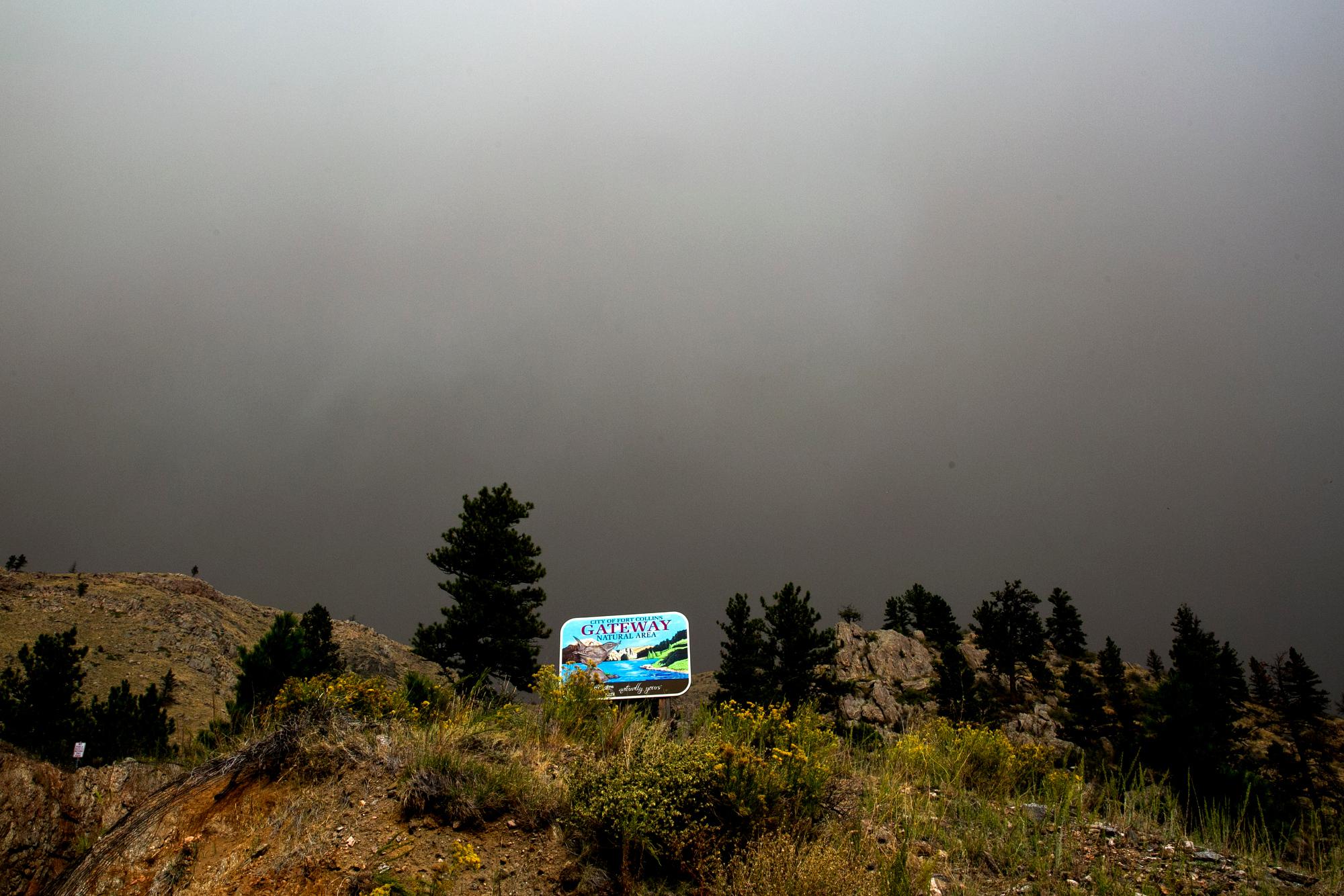
Time is running out for humanity to avoid the worst effects of a warming planet.
A dire preview of those consequences is already playing out in Colorado, according to the latest scientific report from the United Nations’ Intergovernmental Panel on Climate Change.
The state’s three biggest wildfires are less than a year old. Rain falling on those burn scars has triggered deadly flash flooding and erosion that has shut down highways and poisoned water supplies. Heatwaves have threatened to cook people inside their homes. Air quality warnings have also become a summer fixture thanks to a combination of local pollution and smoke, mostly from out-of-state wildfires.
The report, compiled by more than 200 leading scientists and based on more than 14,000 studies, assembled the latest evidence linking those types of disasters to rising global temperatures. It also offered an “unequivocal” confirmation that humanity is to blame, primarily due to the continued burning of fossil fuels.
So what does it all mean for Colorado? Here’s a quick summary of the most relevant points.
The Western U.S. Is Getting Hotter And Drier
The latest report breaks down regional climate impacts for the first time. It notes a warmer atmosphere has already increased the frequency of drought and wildfire conditions in western and central North America.
Those trends are only likely to accelerate in the coming decades, especially if global warming isn’t brought under control. Other predictions for the region include more extreme precipitation and flooding.
Linda Mearns, a climate scientist at the National Center for Atmospheric Research in Boulder who led the report’s section on North America, said those findings should not surprise anyone already living in the state.
“That’s partially because climate change is now, it’s not a future problem,” Mearns said. “All of those conditions will get worse in the future.”
The analysis includes a new interactive atlas to document regional impacts under different warming scenarios. Each of the potential outcomes shows the Western U.S. will be a drought and temperature hotspot where conditions exceed global averages. Mearns hopes the feature will help people build a “greater connection” with the report.
Snowpack Has A Problem
Colorado relies on snowpack for recreation and water supplies, but the report predicts it will continue to decline across the West.
One study cited by the IPCC scientists found the region experienced a 10 to 20 percent loss in snowpack between 1980 and 2000. A further loss of up to 60 percent is projected within the next 30 years.
Hotter temperatures are also changing seasonal runoff patterns. More spring snowmelt means less water in the summer and fall, which can complicate water supplies and increase fire danger later into the year.
It’s Going To Get Worse Before It Gets Better
The planet now appears on track to pass a critical threshold. Even if humanity rapidly slashes greenhouse gas emissions, the report found the planet is still likely to warm past 1.5 degrees Celsius (2.7 degrees Fahrenheit) sometime in the early 2030s.
Scientists warned exceeding that limit will result in consequences that could push human society to a variety of breaking points. That’s why the U.S. and many other nations agreed to cap warming at the 1.5-degree target at the 2015 Paris climate accord. The latest report makes it clear those efforts have failed.
Mearns said it’s still critical to cut emissions as quickly as possible. She expects many people will suffer under 2 degrees of warming, but humanity could still survive.
“I think people are not thinking that they’re choosing worlds of hurt, but that’s essentially what’s happening,” Mearns said.
The Situation Isn’t Hopeless
Max Boykoff, a professor of environmental studies at the University of Colorado Boulder, said he regrets how the UN panel releases its work. The report released Monday focuses on the physical science behind climate change.
It’s mostly a diagnosis with broad outlines for a prescription: If humanity can break its fossil fuel habit and reach “net-zero” emissions by 2050, the global temperature rise will level out around 1.5-degree Celsius.
“This report can be scary. This report can raise attention, but can also paralyze people from taking action. It can make people tune out,” Boykoff said.
The IPCC plans to release two more installments of its latest report over the next year. The second will look at more specific impacts and opportunities for adaptation. Boykoff contributed to the third installment, which will examine media coverage of climate change and assess different policies.
A final report summarizing all the findings is due in September 2022.
In the meantime, Boykoff said he sees one benefit in the scale of the problem. Since it touches every aspect of human life, people and policymakers don’t have any shortage of ways to take action.








